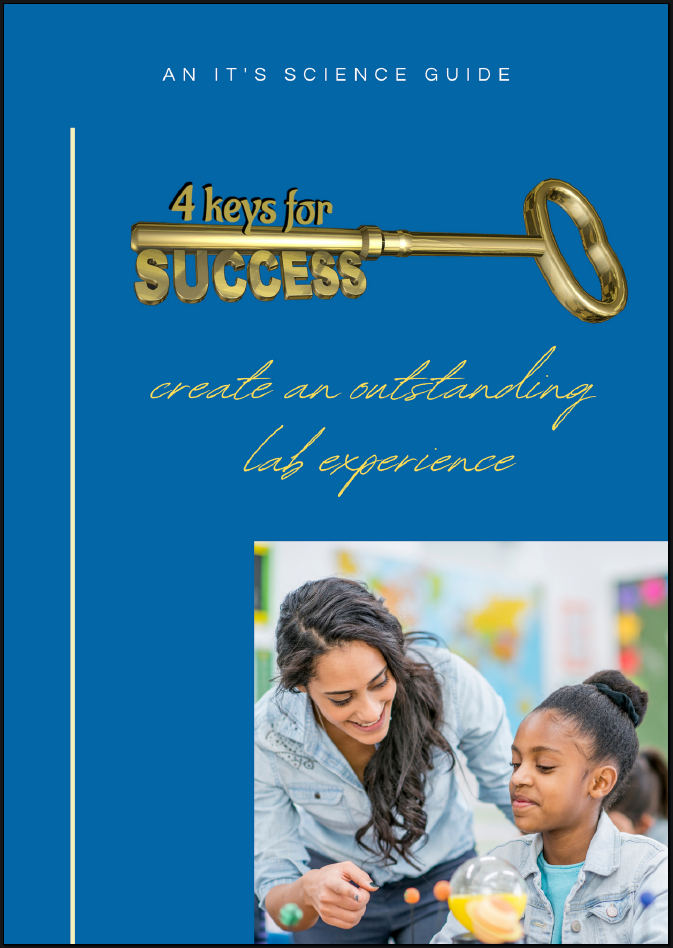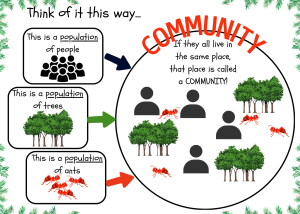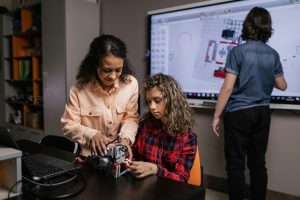Background
Instead of jumping straight to the strategies for engagement, I thought it best to begin with a wide review. Then narrow down to examples of strategies.
What is student engagement?
Student engagement is defined as a student’s willingness, pursuit, enthusiasm, and attention to what they are learning.
Why you need strategies for engagement?
“I love it when the students aren’t on task and are causing problems.” Right?
WRONG!
Students who aren’t on-task will find something to do. They’re wired like that. Most likely they will find something that you don’t want them to be doing.
Instead, you want them focused on what you are teaching. And, I’m sure, you want them to find interest in what you are teaching. That requires strategies for engagement.
If their education builds off of an inner desire to learn, it is enjoyable. This enjoyment translates into automatic engagement. And, students learn while participating.
By tapping into their innate curiosity, you make their work and yours easier.
The benefits of engagement for the student are
- the ease of processing information
- increased academic confidence
- better grades
The benefits of engaged students for the teacher are
- developing better student comprehension
- a positive classroom environment
- reduced behavioral concerns
- increased attendance
- positive peer interactions
- and much more
Types of learning: Active vs Passive
There are many strategies for engaging your students. But, before diving into that, let’s take a look at two types of learning (active and passive learning).
Students who interact with their lessons and seek out answers are involved in their learning. Active learning occurs. Student-centered learning is active learning. This can include discussion, exploration of topics, labs, gallery walks, and so much more (see below).
On the other hand, when students are receiving or absorbing the information from the teacher, a teacher-centered approach called passive learning occurs. You probably use a mix of the two. However, currently, educational research and learning support the use of a student-centered approach.
Groups of Strategies
Now that you see the value of engaging learners, here are a few strategies. Of the many strategies for engagement we looked at, all appear to fall into one of two categories: technology-based or class-based.
You will notice some overlap with a few of them. Some links are included to provide clarity. Please be aware that some links to resources require a subscription (an email, at the least, or $ at the most).
Technology Oriented
online instruction (A, B, C …)
review games (A, B, C, D, E …)
programs & resources (TEDed, Ptable, CK-12 , NatGeo4kids…)
videos (youtube, BrainPop …)
interactive simulations (pHET , UCAR, CoolMathGames.science …)
Interactive Whiteboards (link … pricey though very, very useful)
Class Structure
- class management(see post)
- active learning [class participation(think-pair-share…), small group learning, “brain breaks”, flipped learning, and others]
- cross-curricular (blending Math, English, or History with a science topic)
Background Resources
Active learning
https://teachsciencewithfergy.com/using-active-learning-in-todays-middle-school-science-classrooms/ (good introductory article)
https://www.smartsparrow.com/what-is-active-learning/
https://teaching.berkeley.edu/resources/course-design-guide/active-learning
https://www.cambridge.org/us/education/blog/2019/06/25/what-active-learning-and-what-are-benefits/
https://files.eric.ed.gov/fulltext/EJ1059827.pdf (educational article, long but with good points and examples)
Blended or Hybrid learning
There are many definitions for blended learning. Some say it is based on online learning. Others say it is a mix of traditional and online teaching. The commonality is using outside resources. (Every Learning Management System (LMS) uses this approach.) This can involve students using online resources with the teacher checking in occasionally via a video chat or other means. For instance, students could complete the majority of work assignments online. And then have a once-a-week face-to-face interaction with the teacher. (I used this method to teach with a homeschool group. They read and completed activities and tests online. Friday time was set aside for related labs.) Another approach uses a classroom environment. For example, students read and complete lessons using the computer. The teacher monitors them and is available as needed.
https://www.learnupon.com/blog/what-is-blended-learning/
https://study.com/teach/blended-learning.html
https://www.talentlms.com/elearning/blended-learning
https://www.gcu.edu/blog/teaching-school-administration/what-blended-learning
https://research.com/education/blended-learning (good though long article does give history, pros & cons)
Conclusion
Understanding and fostering strategies for student engagement is fundamental to creating a positive and productive learning environment. By tapping into your students’ innate curiosity and making their education enjoyable, students process information more effortlessly. They also experience increased confidence which results in better grades.
The benefits work for you as well, with improved comprehension, a positive classroom atmosphere, reduced behavioral problems, increased attendance, and positive peer relationships.
From online instruction and review games to active learning techniques and blended/hybrid learning models, you can create an approach to meet your students’ needs. And, by embracing these strategies, you empower students to become active participants in their learning journey.
Once you have your students engaged, keep them engaged…especially on lab day. Here is a free guide that provides the keys to lab day success.








